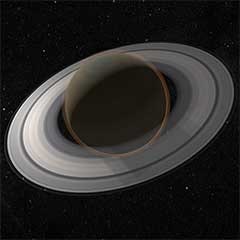
Celestial Vehicle Propulsion Simulator
3D simulator that models planets, orbits, propulsion systems
# 3D Model GeneratorWhat is Celestial Vehicle Propulsion Simulator?
This simulator uses real astronomical data and physics calculations to demonstrate the challenges, and scale, of space travel just within our own solar system. Distances and travel times are based on actual orbital mechanics and propulsion capabilities. You can choose from existing propulsion methods such as chemical rockets, ion drives, solar sails, but also hypothetical ones like anti-matter, light speed, and an Alcubierre Warp Drive.
Problem
Users planning space missions or educational projects struggle with simplistic models or manual calculations that lack real-time physics and accurate astronomical data, leading to unrealistic mission planning and limited understanding of space travel dynamics.
Solution
A 3D space propulsion simulator tool enabling users to model planetary systems, spacecraft trajectories, and propulsion methods (e.g., chemical rockets, Alcubierre Warp Drive) using real astronomical data and physics calculations for accurate simulations.
Customers
Aerospace engineers, astronomy educators, astrophysics students, and space enthusiasts seeking hands-on experience with orbital mechanics.
Unique Features
Integrates real-time orbital mechanics, supports hypothetical propulsion systems (e.g., anti-matter), and scales simulations to solar system distances with physics-based travel times.
User Comments
Enhances educational outreach for astronomy
Realistic visualization of warp drives
Complex for non-technical users
Valuable for prototyping mission concepts
Lacks multiplayer/collaboration features
Traction
Launched 6 months ago with 1,200+ users, featured on Product Hunt (Top 5 Product of the Day), integrated into 3 university astronomy programs, and updated with 4 new propulsion systems post-launch.
Market Size
The global space simulation and training market is projected to reach $7.8 billion by 2030 (MarketsandMarkets, 2023), driven by aerospace R&D and STEM education demand.


